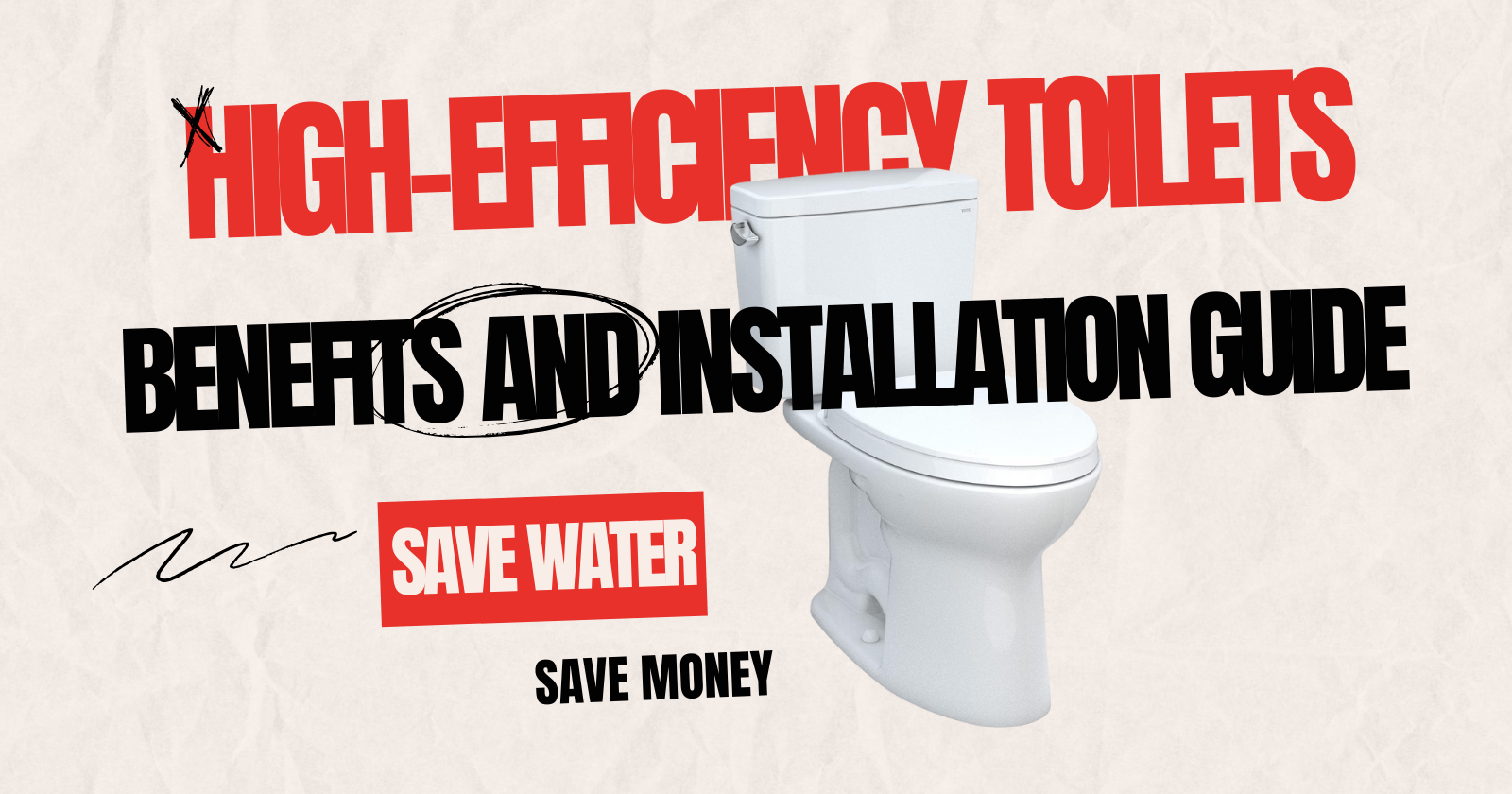
As environmental concerns and the need for sustainability become increasingly important, water-saving toilets have emerged as a practical solution for conserving water without sacrificing performance.
These innovative toilets are designed to use significantly less water per flush compared to traditional models, helping to reduce your household’s overall water consumption.
Whether you’re looking to lower your water bill, contribute to environmental conservation, or simply upgrade to a more efficient system, water-saving toilets offer a range of benefits.
In this guide, we’ll explore the best water-saving toilet options available, highlighting their features and advantages to help you make an informed choice for your bathroom.
Understanding High-Efficiency Toilets
High-efficiency toilets represent a significant advance in bathroom technology. By reducing water usage, they help save money on water bills and have a positive impact on the environment.
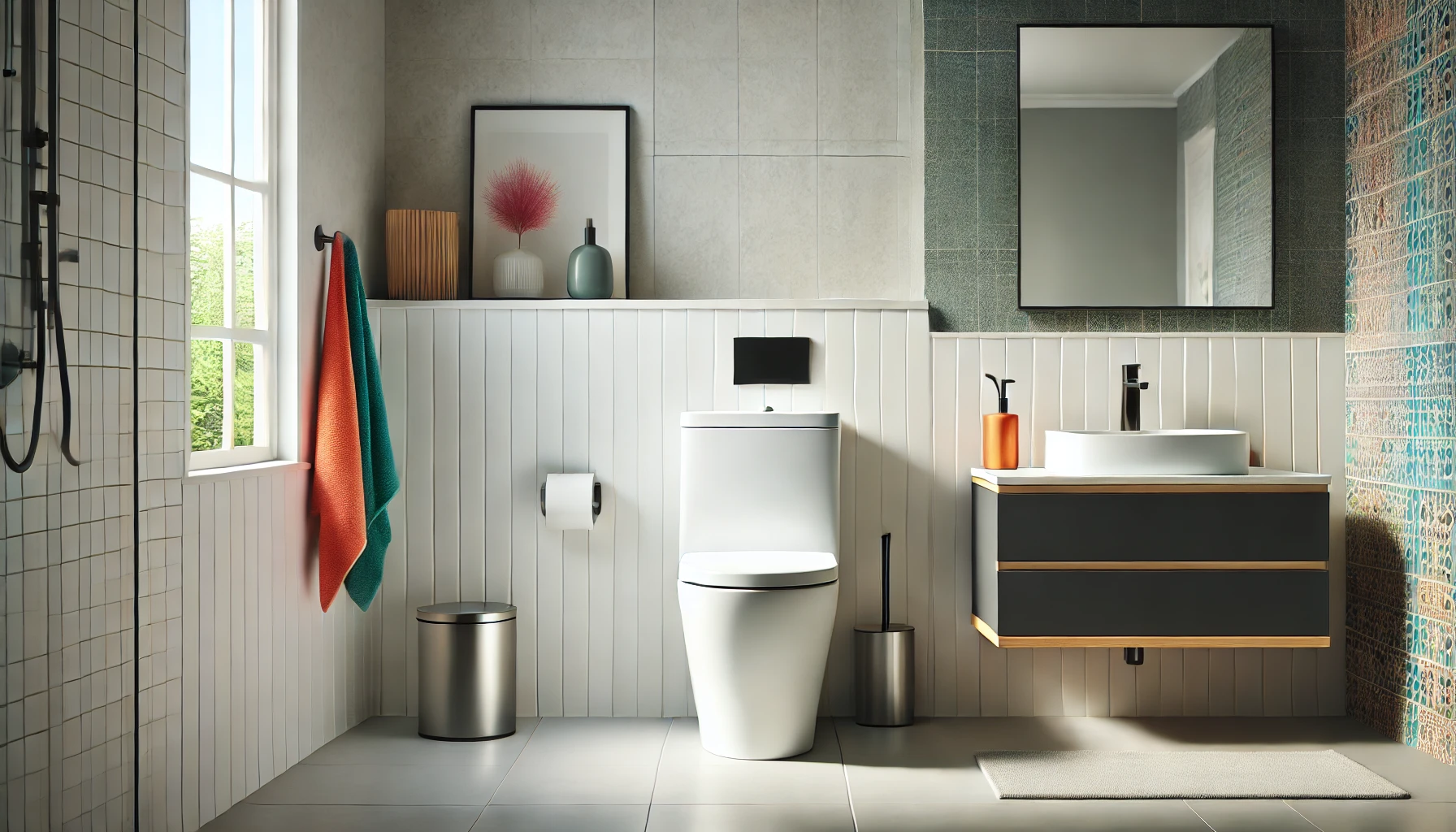
The Fundamentals of Water-Efficient Toilet Design
High-efficiency toilets use less water per flush than traditional models. These toilets typically use about 1.28 gallons per flush, significantly lower than the 1.6 gallons standard for older models. Advanced flushing technologies and a carefully designed bowl shape contribute to their effectiveness. The water is directed to maximize cleaning with minimal usage, helping to achieve better performance and water efficiency.
Comparing Traditional vs. High-Efficiency Models
Traditional toilets generally use more water, around 1.6 gallons per flush. High-efficiency models, such as those with the WaterSense label, use 1.28 gallons or even less. This results in water savings of over 20% per flush. Additionally, high-efficiency toilets often have improved designs that enhance flush performance and reduce the need for multiple flushes, further contributing to water savings. The difference becomes especially noticeable in households with multiple members, leading to significant long-term savings.
WaterSense Certification and Environmental Impact
The Environmental Protection Agency’s (EPA) WaterSense label helps consumers identify high-efficiency toilets that meet rigorous standards. These certified models not only save water but also reduce the load on sewage and wastewater treatment facilities. By choosing WaterSense-labeled toilets, you contribute to environmental protection through reduced water waste. Lower water usage means less stress on natural water sources, supporting sustainability efforts.
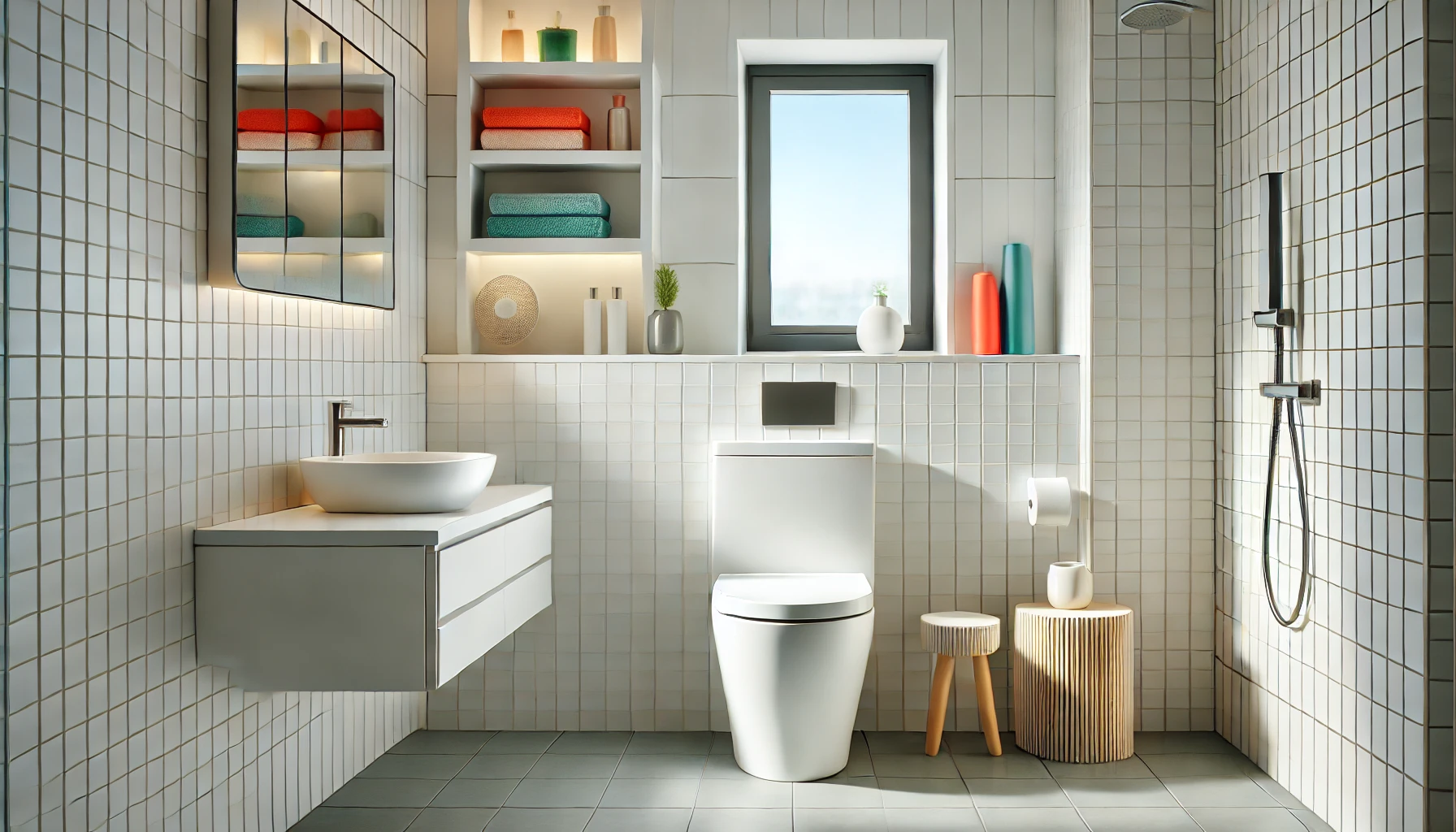
Key Features of High-Efficiency Toilets
High-efficiency toilets (HETs) offer smart innovations that save water and enhance comfort. From advanced flushing systems to design elements, these features make HETs a great choice for any bathroom.
Flush Types: Gravity-Fed and Pressure-Assisted
There are two main flush types: gravity-fed and pressure-assisted. Gravity-fed toilets use the force of gravity to flush water, making them quieter and less complex. These toilets often have an elongated bowl or a round bowl to accommodate different preferences and spaces.
Pressure-assisted toilets, on the other hand, use compressed air to force water into the bowl. This results in a stronger flush, making them highly effective at clearing waste. They are ideal for households that prioritize performance but may be louder than gravity-fed options.
Innovations in Flushing Systems: Dual-Flush and Tornado Flush
Dual-flush toilets feature two flush options: a low-volume flush for liquid waste and a higher volume for solid waste. This innovation allows users to save significant amounts of water without sacrificing performance. Many dual-flush toilets come with a round bowl or elongated bowl, offering choices for size and comfort.
Tornado flush systems use multiple jets of water to create a powerful, swirling action in the bowl. This not only improves flushing efficiency but also helps keep the bowl cleaner. These systems are increasingly popular due to their superior performance and water-saving benefits.
Comfort and Convenience: Seat Heights and Shapes
Comfort height or chair height toilets are taller than standard height toilets, making them easier to use for individuals with mobility issues. These toilets usually come with an elongated bowl, which many people find more comfortable.
Standard-height toilets are closer to the ground and typically have a round bowl. While they may be less comfortable for taller individuals, they are well-suited for children and smaller bathrooms.
Proper seat height and bowl shape can significantly improve comfort and usability, making these features important considerations when choosing a high-efficiency toilet.
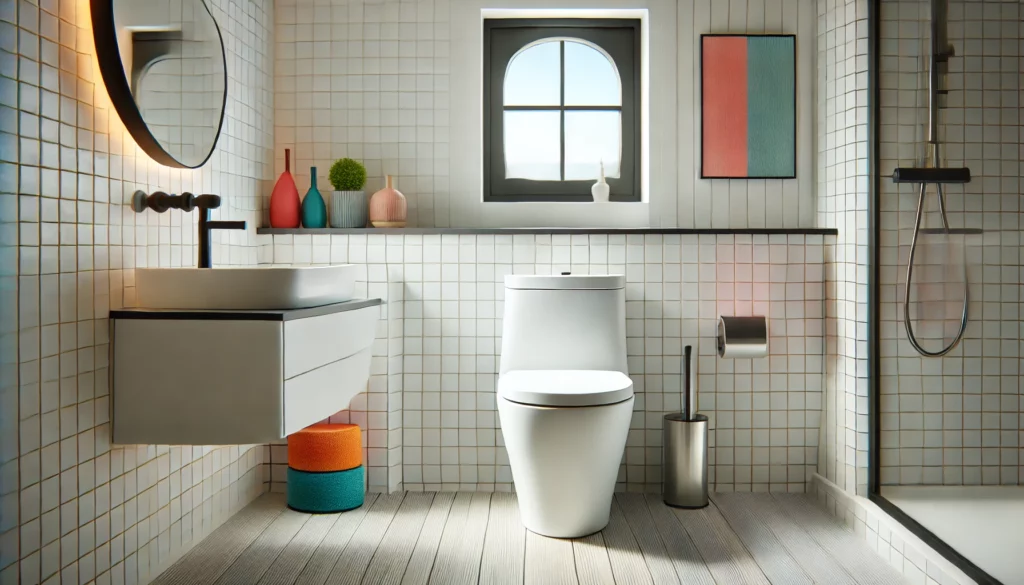
Selecting the Best High-Efficiency Toilet
Choosing the best high-efficiency toilet involves looking at the most efficient models available. This means considering top brands, performance ratings, and long-term value.
Assessing Different Models and Brands
When it comes to picking the right high-efficiency toilet, well-known brands like Kohler, Toto, and Glacier Bay often top the list. For example, Kohler Highline Classic and Toto Drake Cotton are popular for their durability and performance.
One-piece toilets, like the Glacier Bay N2420, are sleek and compact. Two-piece toilets, on the other hand, offer easier maintenance and usually cost less.
Look for toilets with the WaterSense label to ensure they meet federal standards for water efficiency, using no more than 1.28 gallons per flush.
Evaluating Toilet Performance and Ratings
Performance and ratings matter a lot. Many high-efficiency toilets are rated by MaP scores, which measure their ability to remove solid waste efficiently. Consumer Reports and Home Depot reviews play a big role in assessing performance.
For instance, the American Standard Vormax is praised for its powerful flush and water efficiency. Models with skirted trap ways are easier to clean, enhancing overall hygiene.
Toilets with built-in bidets, like the Toto Nexus Washlet+ S7A, offer extra convenience and cleanliness.
Considerations for Cost and Long-Term Value
When buying a high-efficiency toilet, always consider the cost, both upfront and long-term. Upfront prices can vary widely; one-piece toilets tend to be more expensive than two-piece toilets.
Maintenance and durability should also factor into your decision. Porcelain toilets are common and known for their longevity. Options like the Kohler Corbelle offer durability and a modern design.
Evaluate the total cost over time, including water savings due to reduced consumption. This can make a big difference in household budgets, especially for homeowners looking to save money in the long run.


Installation and Maintenance of High-Efficiency Toilets
Installing and maintaining a high-efficiency toilet can save water while ensuring reliable performance. Here’s a detailed look at the installation process, necessary hardware, and how to care for and troubleshoot common issues.
The Installation Process and Necessary Hardware
Installing a high-efficiency toilet involves several steps. First, make sure you have all the necessary tools and materials, such as a wax ring, mounting bolts, and the toilet itself.
Rough-in Measurement: The rough-in is the distance from the wall to the center of the drainpipe, usually 12 inches. It’s crucial for fitting the toilet properly.
Mounting Hardware: Secure the bowl to the floor using the supplied bolts. This step may vary slightly for wall-mounted toilets.
Wax Ring: Place the wax ring on the flange before positioning the toilet. This seals the connection to prevent leaks.
Flush Mechanism: After setting the toilet, connect the flush mechanism, ensuring it operates correctly.
Caring for Your High-Efficiency Toilet
Proper care keeps a high-efficiency toilet functioning smoothly. Clean the bowl regularly to prevent stains and build-up.
Ceramic Coating: Some models feature a ceramic coating that helps keep the bowl clean. For the best results, use gentle, non-abrasive cleaners.
Smart Toilets: For smart toilets, follow the manufacturer’s instructions for any special cleaning procedures.
Flushing System: It is essential to check the flushing mechanism regularly. Make sure that the handle and internal components work correctly without sticking or jamming.
Addressing Common Maintenance Issues
Even high-efficiency toilets can encounter issues. Here’s how to handle some common ones:
Leaks: Leaks often occur at the base. Check the wax ring and mounting bolts for proper sealing.
Weak Flush: A weak flush can result from debris in the flush valve. Clean it thoroughly to maintain performance.
Continuous Running: If the toilet runs continuously, inspect the fill valve and adjust it as needed.
Replacement Services: Sometimes, parts need to be replaced. For instance, the Glacier Bay N2420 toilet might need new flush components.
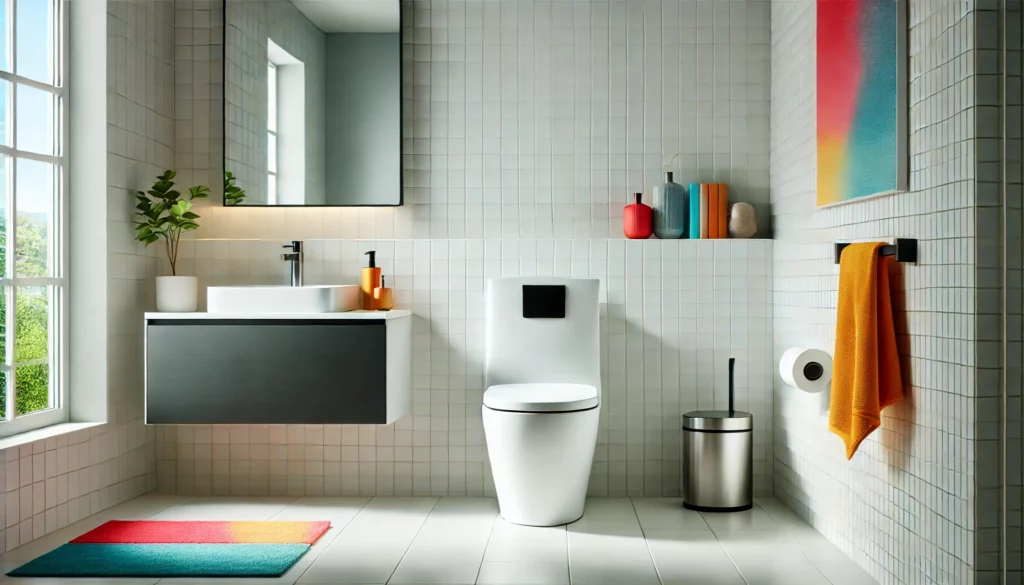
Additional Considerations and Innovations
When selecting a high-efficiency toilet, it’s important to consider advanced features, the rise of smart toilets, and environmental impacts. Each of these elements can significantly enhance the bathroom experience and contribute to sustainable practices.
Advanced Features: Bidet Seats and Heated Seats
Adding a bidet seat can significantly improve personal hygiene. These seats often come with warm air dryers that reduce the need for toilet paper, alleviating paper waste. Heated seats provide comfort, especially in colder climates or for those with limited mobility. Some models also offer soft-close lids or slow-close lids, which help to minimize noise and damage to the toilet seat. Popular models, such as the Toto Drake, integrate these features seamlessly, providing a luxury experience while maintaining high-flushing performance.
The Rise of Smart Toilets: Luxury and Customization
Smart toilets are becoming more common, offering a range of customizable features. These high-tech units often include nightlights, which are great for nighttime use. Features like remote controls, automatic flushing, and even music transform the bathroom into a high-end experience. Many smart toilets are wall-mounted, saving space and adding a sleek look to the bathroom. These advanced models also enhance solid-waste removal efficiency through optimized flush options, often offering a second flush for improved drain line performance. Smart toilets cater to users looking for a blend of efficiency and luxury in one package.
Environmental Considerations Beyond Efficiency
High-efficiency toilets focus on water conservation, but other environmental considerations are crucial.
Selecting materials that ensure longevity and reduce the need for replacements can lower the environmental footprint.
Innovations like dual-flush systems allow users to choose between low and high water usage depending on their needs.
Effective bowl-cleaning technologies can also contribute to a cleaner environment. They reduce the frequency of solid waste buildup and minimize the use of chemical cleaners.
Investing in high-quality, efficient toilets supports sustainable living beyond just water efficiency.

Wrapping Up
Water-saving toilets are a smart investment for any household looking to reduce water usage and contribute to environmental sustainability.
With various models offering innovative features and efficient performance, these toilets not only help conserve a precious resource but also lower utility bills.
By choosing a water-saving toilet, you’re making a positive impact on both your home and the planet. Explore the available options and find the perfect fit for your bathroom, ensuring a greener and more cost-effective future. Happy upgrading!
Frequently Asked Questions
High-efficiency toilets (HETs) are designed to save water and reduce utility bills. They often differ from regular toilets in terms of water usage, flush mechanisms, and cost.
What are the differences between high-efficiency toilets and regular toilets?
High-efficiency toilets use less water per flush than regular toilets. A standard high-efficiency toilet uses 1.28 gallons per flush (GPF) or less, while a regular toilet typically uses 1.6 GPF or more.
Another key difference is the flush mechanisms. High-efficiency models may have options like dual-flush systems. With these systems, users can choose between a low-volume flush for liquid waste and a higher-volume flush for solid waste.
Dive Deeper
- Compact Toilets for Small Spaces
- Comfort-Height Toilets
- American Standard Champion 4 One-Piece Toilet Review

